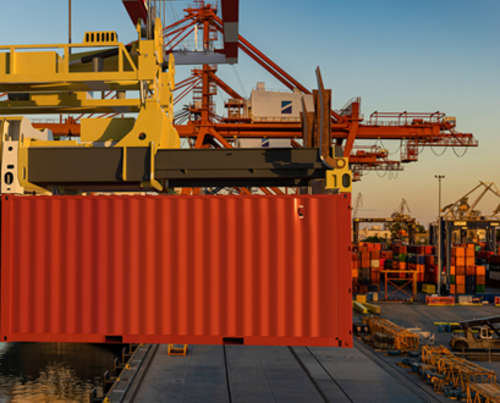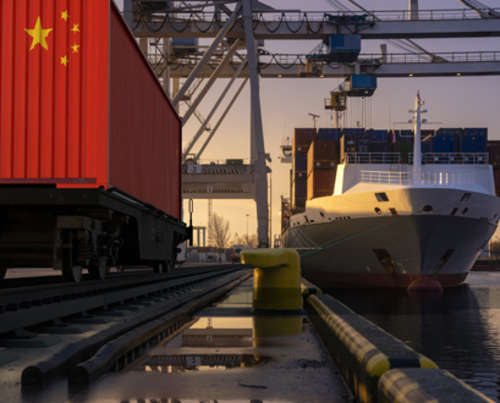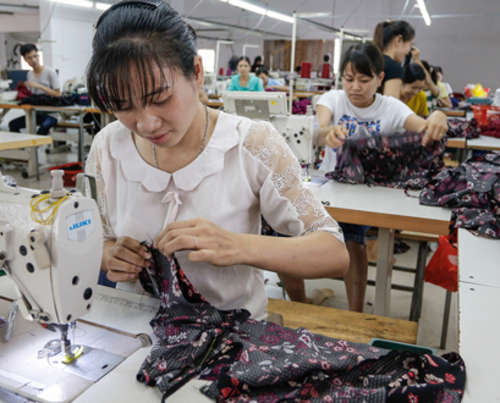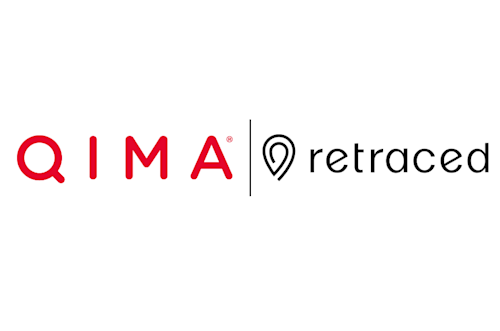الأخبار
احصل على آخر أخبار وتصريحات شركة QIMA

مؤشر QIMA للربع الأول بعام 2025
21 يناير 2025

مؤشر QIMA للربع الأخير بعام 2024
9 أكتوبر 2024

مقياس الربع الثالث من عام 2024 QIMA 2024
16 يوليو 2024

مؤشر QIMA للربع الثاني بعام 2024
8 أبريل 2024

مؤشر QIMA للربع الأول بعام 2024
25 يناير 2024

مؤشر QIMA للربع الأخير بعام 2023
1 نوفمبر 2023





